
Are Dreads Bad for Your Hair?
Dreads are a hairstyle that is gaining lots of popularity in the hair community. The hairstyle is characterized by hair that is twisted and coiled into dreadlocks. This leads to the question: Are dreads bad for your hair?
Dreadlocks are often associated with a certain type of culture, specifically African-American culture. This has led many people to believe that dreads are bad for your hair.
But the truth is that there are no hard and fast rules when it comes to hair care and there’s no right or wrong answer to the question of whether dreads are good or bad for your hair.
The truth is, different people have different opinions on this topic and everyone should decide what they think is best for their own hair type and lifestyle based on their own research.
Trying dreadlocks on your hair can be risky and challenging, which is why I’ve got you covered. I know what to look out for and how to minimize damage to your hair.
Dreadlocks is not bad for your hair, as long as you don’t wash them too often or use excess heat. Avoid styling with a comb and avoid compressing your scalp while they’re growing out.
They can cause damage if you do any of these things. If you avoid these, dreads are actually good for your hair. The damaging factors are as follows:
- Your dreads are far too tight or heavy.
- Scratching your scalp too much
- Over/under maintenance
For those contemplating getting dreads, there are a number of important factors to discuss before making the decision. The purpose of this article will walk you through them.
How To Prevent Dreadlock Hair Damage
The effects of hair care products can definitely vary, because what’s good for your hair might not be good for everyone else. That being said, there are some things you can do to minimize the risks of damage.
The choice to wear dreads is truly your own. However, it’s important to remember that they require a fairly low level of maintenance and attention but also come with a few things that should be avoided from time to time.
If you don’t take care of your dreads, you might end up with damaged hair. Whether its because it’s dyed or by using too much heat on it, you can end up with really bad damage.
Let’s find out why taking care of your dreads is important so that nobody has to worry about the damage they could have caused
1. Avoid Tightening Your Dreads Too Often
As your dreads grow and more hair sprouts, you will want to keep them neat by getting them tightened often. If you are as meticulous as me, you probably don’t want to do this regularly/constantly.
Too much of anything is a bad thing when it comes to natural hair. That includes dreadlocks that are too tight or not tightened enough, which can cause thinning hair and other issues.
With your hair being dreadlocks, you’ll want to be extra cautious but not so tight that it causes damage.
You need a good amount of flexibility to avoid breakage in the weak parts in order to maintain the look and healthiness for as long as possible.
2. Try not to skip wash days.
Some people believe that dreadlocks do not require much care. However, they still need regular washes to maintain the style & keep them looking really clean!
Dreadlocks might be low-maintenance, but skipping a wash day can do damage to both your natural hair and your scalp.
Build-up caused by the products you’ve used on your dreads can cause itching and irritation. This could lead to you scratching at your scalp and can result in damaged hair follicles and abrasions on your scalp.
Weak hold products and skipping your wash days will leave you susceptible to hair loss as well as scalp problems. Make sure you’re using shampoo that is strong enough for your hair type.
3. Try to avoid over-maintaining your dreads, as it is extremely bad for your hair. But, so is under-maintenance.
Wearing neat, presentable dreadlocks is a worthy desire to have. You want your hair to take on those locks in a professional way & not look messy or unraveling.
However, going too far or doing something that you know will damage them is not a good idea. Despite this, getting dreadlocks and brushing them out often can be just as difficult.
“Taking care of your dreadlocks” is a critical piece of maintaining healthy hair. It’s important to prevent matting and breakage by avoiding neglecting your natural dreadlocks.
This is where the adage ‘everything in moderation’ leads us to.
Things To Avoid Doing To Your Dreads
Dreads have the potential to smell, never leave them wet.
It might be a phrase we’re all guilty of, but the fact remains that hair & odors are complementary. For instance, if you walk into a smoky environment, your hair will probably pick up those smells too!
There are many factors that affect how easily the hair will retain odors, and a common one is whether the hair is twisted or not.
This factor has more potential to be an issue for dreadlocks, which can cause them to get tangled and create a lot of problems.
Drying your dreads takes longer and is more susceptible to retaining a moldy smell after it’s been wet.
Using heavy or thick products will result in bad-smelling dreads. Wearing your hair loose for longer than 8 hours can also invite unwanted smells.
Using lightweight products and ensuring that your hair is dry in less than eight hours will help keep your dreads fresh. Other key factors to consider is the smell.
Don’t trim loose hair around your roots.
Make sure that you’re not trimming your hair when it’s in its dread phase and you’re still growing. This makes it easier to maintain your style along with the creation of new dreads.
Get your hair locked from a professional loctician and maintain it by keeping it well-kept, loc new growth into its existing dreads, and getting touch-ups when needed.
Conditioners and dreads are not friends.
The weirdest thing about dreadlocks is that they thrive on what we usually try to get rid of: knots!
Moisturizers are essential, so you should use them with your hair in mind. You should choose the right kind, and not just opt for the cheapest option. Your hair needs moisture, but you really don’t want to loosen your dreads while trying to restore moisture.
Is Dreads Hygienic?
Washing Your Dreads
Most dreadlocks take a long time to develop, so it’s important to be patient and move your hair as little as possible when washing. You need to exercise caution that you don’t cause breakage or damage your hair from long periods of agitation.
Loose locks can lead to an appearance you may not be expecting, which is why it’s best to always tie rubber bands at the roots & tips of your dreads.
The washing process for new dreads is quite similar to a normal routine as you simply massage the shampoo into your hair (gently to avoid loosening your dreads) and rinse using warm to cool water. Be sure to squeeze out any access water to avoid damage causing mold.
Older dreadlocks need a bit more attention as they are much easier to untangle. These can be washed with a nylong stocking
Drying your dreads
Drying your dreads properly is a must if you want them to stay healthy and avoid any potential problems with the environment. If you’re worried about mold, never put them in the shower or directly on to a hot surface because it can damage the natural oils in their ends.
One thing you may want to consider is spraying your dreads with a locking accelerator to dry them out more quickly and make them look cleaner & healthier.
When it comes to drying your dreads, towel wrapping is the best solution to ensure that all the water has been removed. Once this step is taken, placing them in a fan for a period of time can be very helpful in removing all the water.
Neatening up your dreads.
Once you wash your dreads, you might notice some loose strands here and there. This is okay because it can be fixed.
These dreadlets (a dread is a long, thick piece of hair that starts out attached to the scalp) can be cut and styled into something you like. The size of each strand depends on how you’re planning on wearing them.
By doing this, you can add new dreads to your existing ones. This can be done by rolling the new dread up into a smaller one and then weaving it into the closest dreads.
This is a way to do this at home or in a salon where your stylist can make it easier. You can also choose to re-insert the strands of hair into the existing dreads.
Conclusion:
Although there are many different methods for neatening your dreadlocks, making sure you complete the process properly will require a lot of time.
Dread wash days are longer than usual but they’re worth it. They’re to make sure your dreads look their best, which is why they are an essential part of the care process
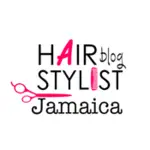

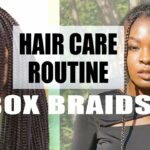

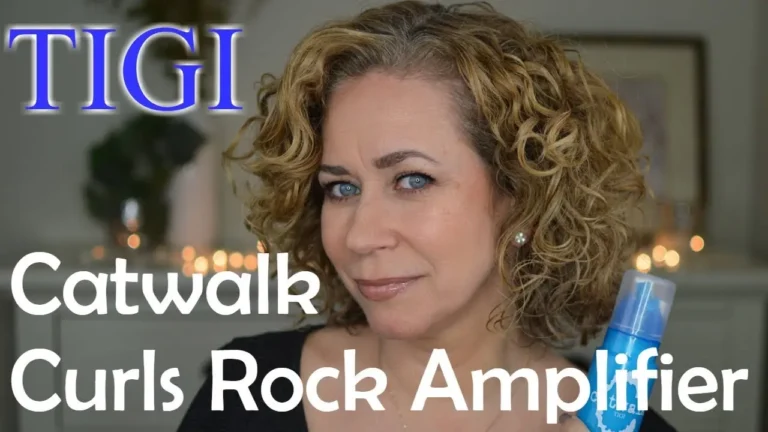
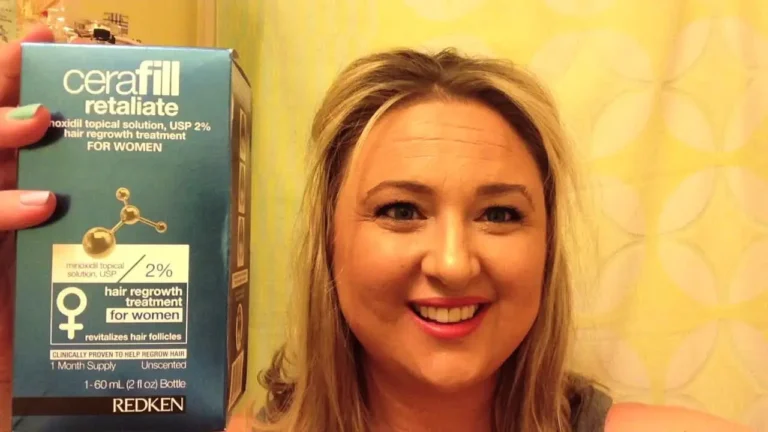
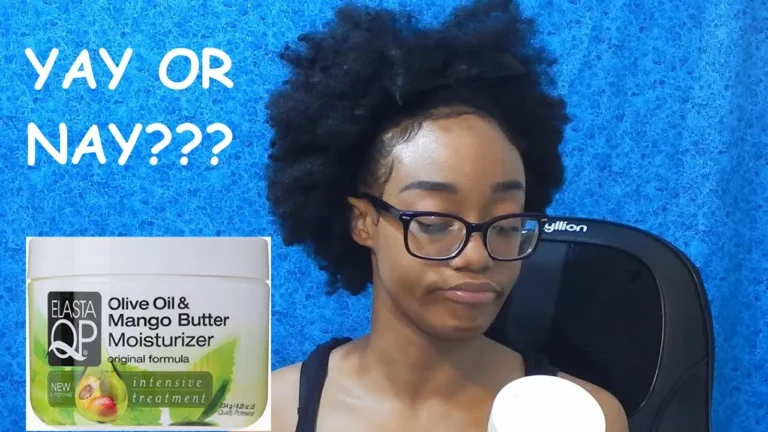

Comments are closed.